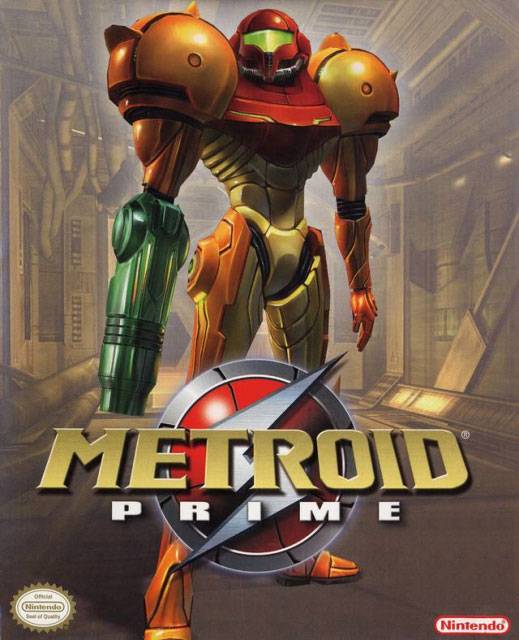Came home to roost
(Played on Switch with Japanese text in handheld mode. 17 hours 37 minutes to get Mission Complete on save file with 66% complete rate.)
Playing Metroid Prime for the first time through the remaster version on Switch is a revelation. It’s shocking to see how influential it is for polygonal extravaganzas including but not limited to From Soft’s bloody epics. Of course, even back in 2002, Metroid Prime was nowhere near the statues of “new shit”. Still, 20 years before Elden Ring became the king “all” hailed to, a Gamecube game crowned by Gamespot as Game of the Year 2002 was merely a sign of things would come.
Honestly dubbed “Remastered”, the Switch port is quite pleasant on several fronts. Obviously, the models were redone with more polygons. For someone who didn’t start playing first-person shooters on PC until mouse look became a standard feature, I find the default twin stick control something essential for at least sanity’s sake. Other than that, some baffling design and stable framerate remind me that this is a game from 2002 running underneath, in spite of the new coat of paint.
Metroid Prime is practically Super Metroid, aka the “Metro” part in Metrovania, reimagined in a 3D space. The works in the interconnected world include getting the Varia suit for heat, Gravity suit for underwater platforming and a crash-landed Space Pirate ship to explore. Before all those, the game starts with a tutorial in a space ship to teach player about some basics. Unlike the shorty in Super Metroid, though, the introduction in Prime can pass for a full stage in something with more linear structure, completed with its own boss fight.
What’s surprising about this introduction is the way it ends the so-called abilitease. In a cut scene, Samus Aran was knocked to a wall by a explosion blast, and gears like charge beam and grappling beam went off-line, to be found again later in the game. Player character caught in a blast is common melodrama in action packed polygonal extravaganzas for more than a decade. But they barely have the mechanic impact like the one in Metroid Prime.
The game does not official start until Samus land on the planet Talon IV. Getting the ship and this world is mostly Samus’s oyster. Obstacles saying “coming back when you get X, Y or Z weapon” litter most of the levels. Of course, restrictions to create intended paths is in the design.
It can be said that this game has waypoints, but they would not appear until the game decides that you are missing the path long enough. Also, they would disappear if you quit the game and re-enter. Last but not least, waypoints would not tell you where the essential pieces are during the late game collecthon, so they are only useful before a certain point in the game.
Marketed as a “first-person adventure”, one does need to think mechanically towards point and click type. Without the right kind of Visor and Beam on, one cannot even turn on power for certain areas right. But of course, Beam types ain’t just for power switch, they are intended as deadly defense against enemies.
On Switch, this is a “left-trigger right-trigger” affair: left for lock-on and right for firing. Lock-on is not just for shooting true, combined with the jump buttons (left bumper or B), it’s about evade. Though it’s not always helpful, especially when it’s multiple enemies. One might lock-on something that should not take propriety and dodge bullets from one might land you on bullets from another. It’s servable, but not the fun here.
One-on-one boss fights can be better, but those can have regulars thrown in. Handled well they are resource but handling them can be tricky. By the final boss fight, yours truly simple turned into Morph Ball, dropped a Super Bomb or two and resume dualling. Right Visors and right Beam types play in Boss fights, so one does need to have more than a trigger finger to handle this. While some arena fights can be too tiring for its own good, the final boss fight transforming the side scroller tradition of player character and boss switching sides in the arena to first-person context well is a nice touch.
While the game has its own brand of deliberate pacing, some design can be baffling. I am of course talking about collecting a full dozen of [REDACATED] to trigger the endgame. It’s nice to see games following Prime’s mold usually make such collecthon optional.
In many ways, the Metroid Prime mold was not imitated well enough until 2009. Demon’s Soul, a game I would never touch, was the result of Miyazaki and his From crew looked at Metroid Prime and thought they can make “what once was old becomes new again” type of game. Batman Arkham Asylum, a game I had beaten several times, was the result of throwing hostage situation into Prime mold to create a true Die-hard type action game. I am just glad I can finally see where all that came from on the go in early 2023,
